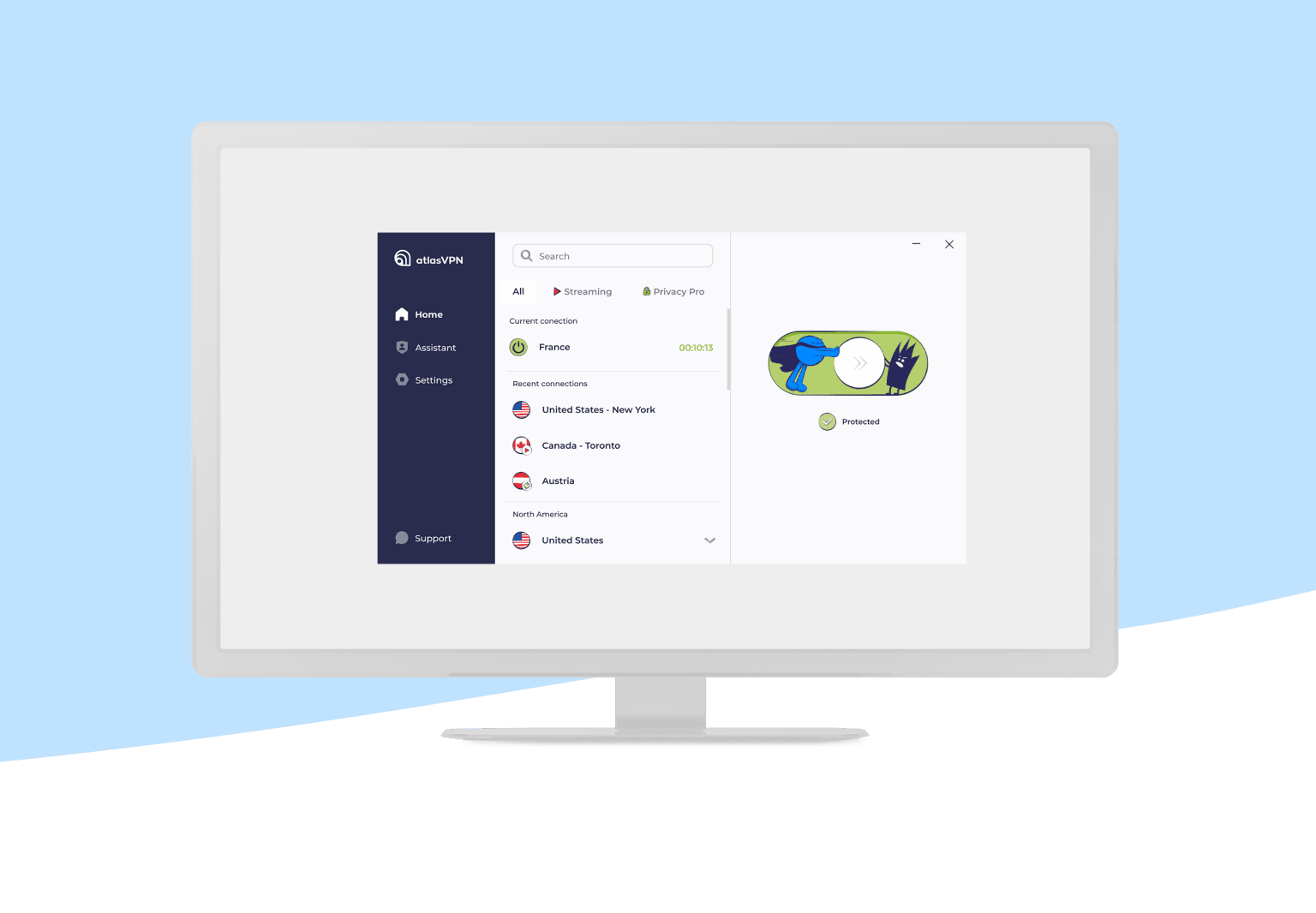The Pros and Cons of Teleworking and Remote Work
One of the most significant changes in recent a few years has been the rise of teleworking and remote work.

One of the most significant changes in recent years has been the rise of teleworking and remote work. In this blog post, we will explore the benefits and drawbacks of teleworking and remote work in the context of the technological revolution, with a focus on how IT services and World Wide Technology (WWT) are shaping this new era.
The Rise of Teleworking and Remote Work
The advent of cutting-edge technology has dramatically altered the landscape of work. Traditional office setups are no longer the only option for employment. With the internet, cloud computing, and advanced communication tools, remote work has become increasingly viable and popular.
1. Benefits of Teleworking and Remote Work
1.1 Flexibility
One of the most significant benefits of teleworking is the flexibility it offers to both employees and employers. Employees can set their own schedules, allowing for better work-life balance. This flexibility can lead to increased job satisfaction and, ultimately, higher productivity.
1.2 Cost Savings
Teleworking can save employees and employers a considerable amount of money. Employees can save on commuting costs, work attire, and daily expenses like meals and coffee. Employers can reduce overhead costs related to office space and utilities.
1.3 Access to a Global Talent Pool
Remote work opens up the talent pool for employers. They are no longer limited to hiring from a specific geographic area. This allows organizations to tap into a diverse range of skills and perspectives.
1.4 Increased Productivity
Many employees report being more productive when working remotely. They can create a personalized work environment, free from office distractions. Plus, teleworking often eliminates time-consuming office politics.
1.5 Reduced Commute Times
The time saved by not having to commute can be significant. Commuting can be stressful and time-consuming, and eliminating this daily grind can lead to a happier and more rested workforce.
2. Drawbacks of Teleworking and Remote Work
2.1 Isolation and Loneliness
Remote workers may experience feelings of isolation and loneliness due to the lack of in-person interactions with colleagues. This can impact mental health and job satisfaction.
2.2 Communication Challenges
Effective communication is crucial in any workplace. Remote work can make it more challenging to convey information and build strong working relationships. Misunderstandings and miscommunications can occur more frequently.
2.3 Work-Life Balance Blur
While teleworking offers flexibility, it can also blur the lines between work and personal life. Some employees find it difficult to disconnect from work when their home serves as their office.
2.4 Security Concerns
Working remotely can pose security risks, especially when handling sensitive information. Ensuring data security and maintaining a safe online environment becomes more challenging outside the traditional office setting.
2.5 Lack of Infrastructure
Not all jobs can be done remotely. Some roles require specific equipment or access to specialized facilities, making teleworking an unsuitable option for certain industries.
The Role of IT Services and WWT in Teleworking
In this era of teleworking and remote work, IT services and cutting-edge technology are instrumental in enabling seamless operations. World Wide Technology (WWT), a global technology solution provider, plays a vital role in this transformation.
Leveraging Cutting-Edge Technology
WWT specializes in harnessing cutting-edge technology to drive innovation and transform businesses. Through their expertise in areas such as cloud computing, cybersecurity, and data analytics, they empower organizations to embrace teleworking securely and efficiently.
Enhancing Connectivity
Reliable connectivity is the backbone of remote work. IT services, including network optimization and cloud solutions provided by WWT, ensure that employees can access their work resources from anywhere in the world. This connectivity fosters collaboration and productivity among remote teams.
Cybersecurity and Data Protection
As remote work introduces new security challenges, IT services become crucial in safeguarding sensitive data. WWT's cybersecurity solutions help organizations defend against cyber threats and maintain the integrity of their digital assets.
Adapting to Viva Technology
Viva Technology, an annual tech conference in Paris, serves as a platform for showcasing cutting-edge innovations. With the rapid advancements in technology, events like Viva Technology play a pivotal role in shaping the future of work. In a post-pandemic world, such events have become even more critical for businesses seeking to stay ahead in the ever-evolving tech landscape.
Teleworking and remote work have become integral parts of the modern work environment, thanks to the technological revolution and the support of IT services like those provided by World Wide Technology (WWT). While these new work models offer numerous benefits, they also present challenges, such as isolation and security concerns.
The key to successfully navigating this changing landscape lies in embracing cutting-edge technology, optimizing connectivity, and prioritizing cybersecurity.
As we continue to adapt to the evolving world of work, it is essential to strike a balance between the advantages and disadvantages of teleworking, leveraging the expertise of IT service providers like WWT, and participating in events like Viva Technology to stay at the forefront of innovation.
What's Your Reaction?





















